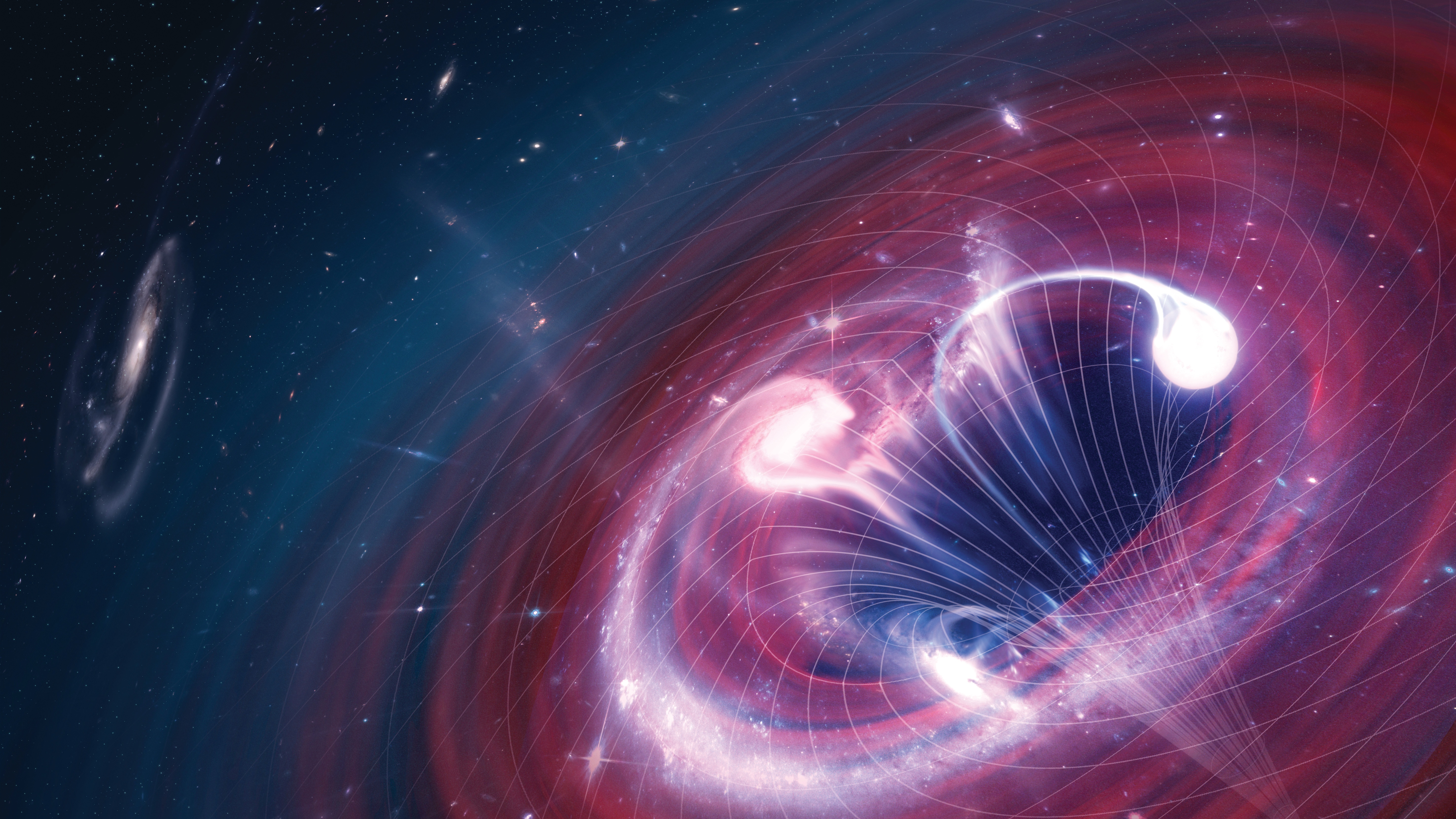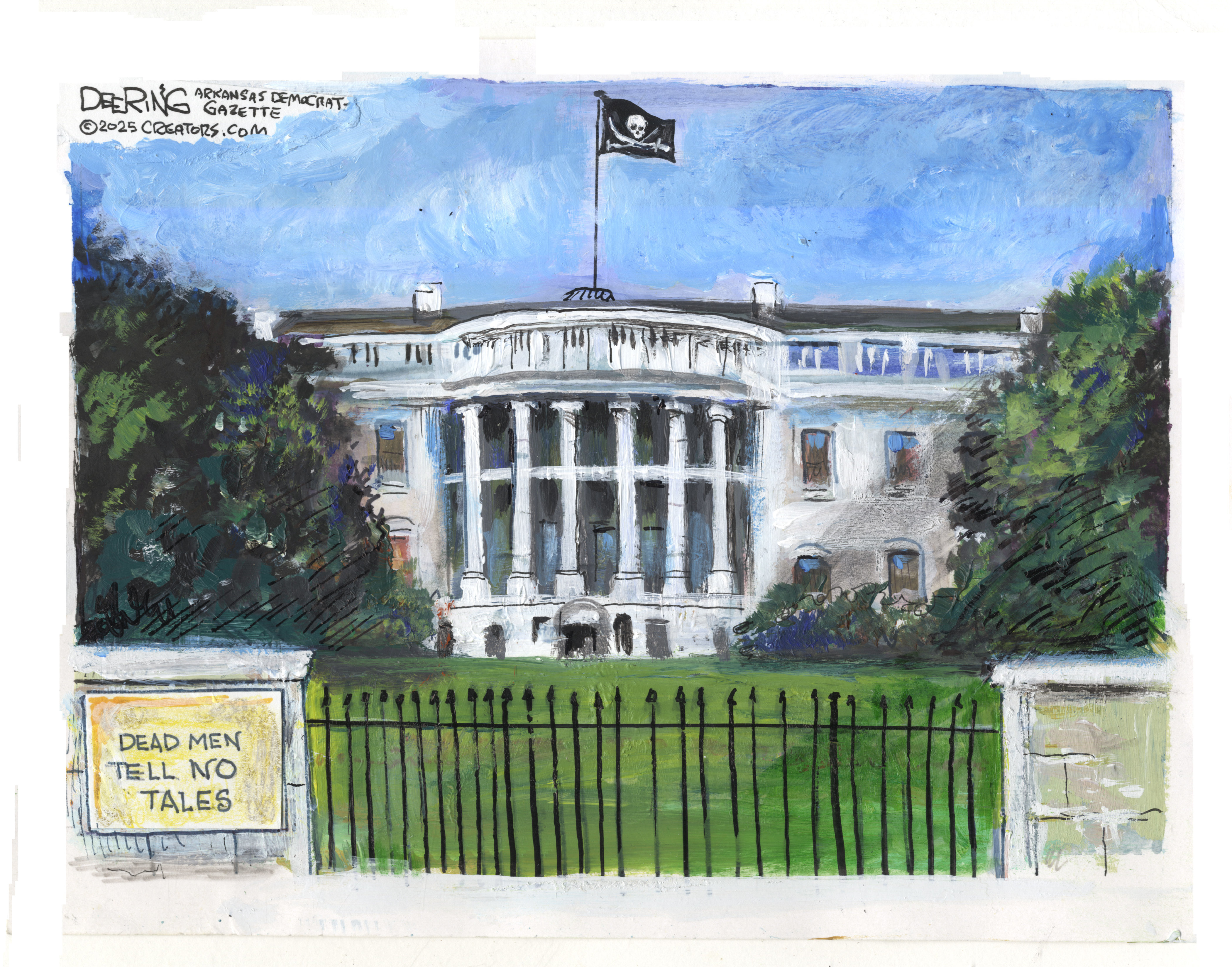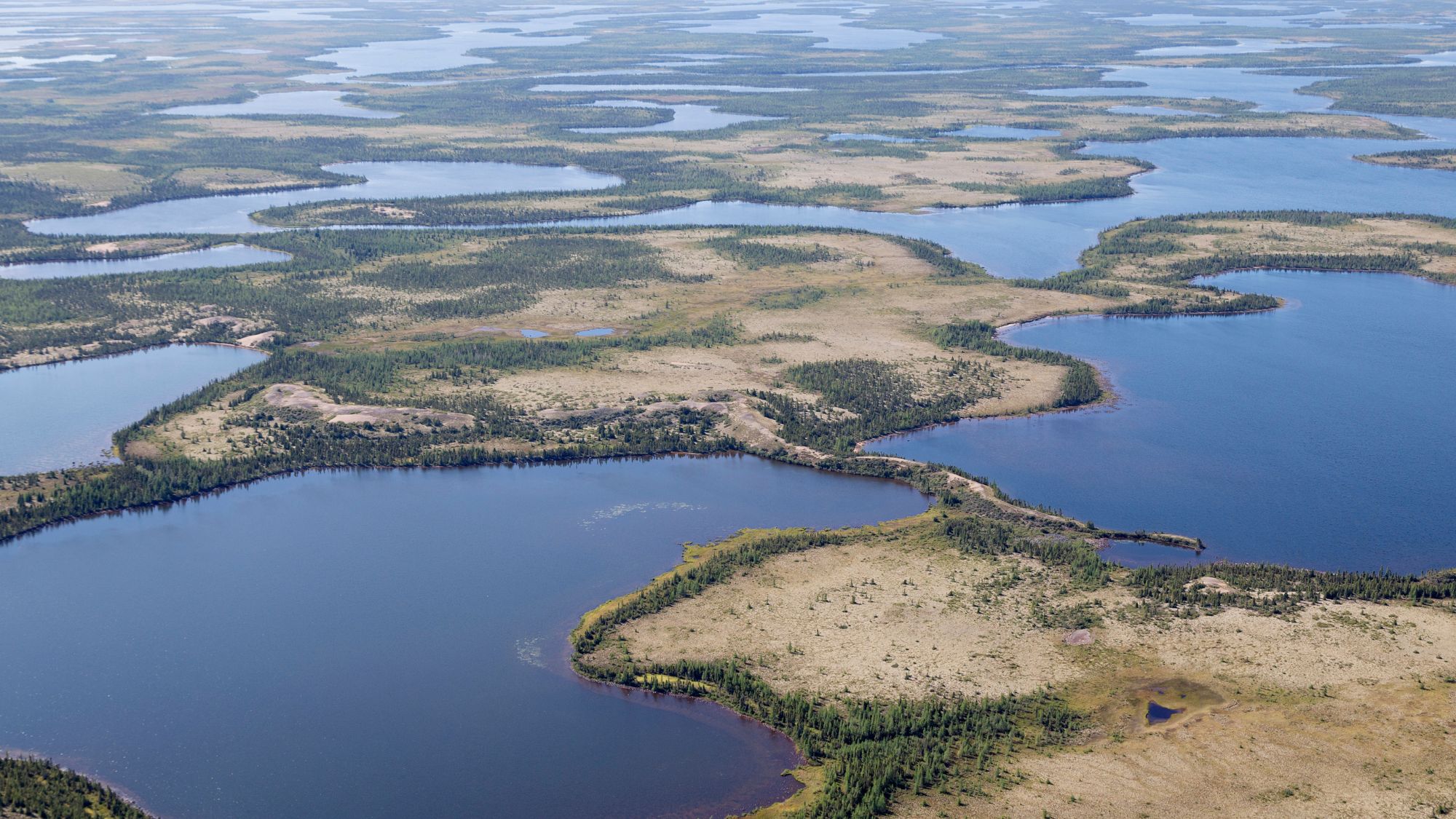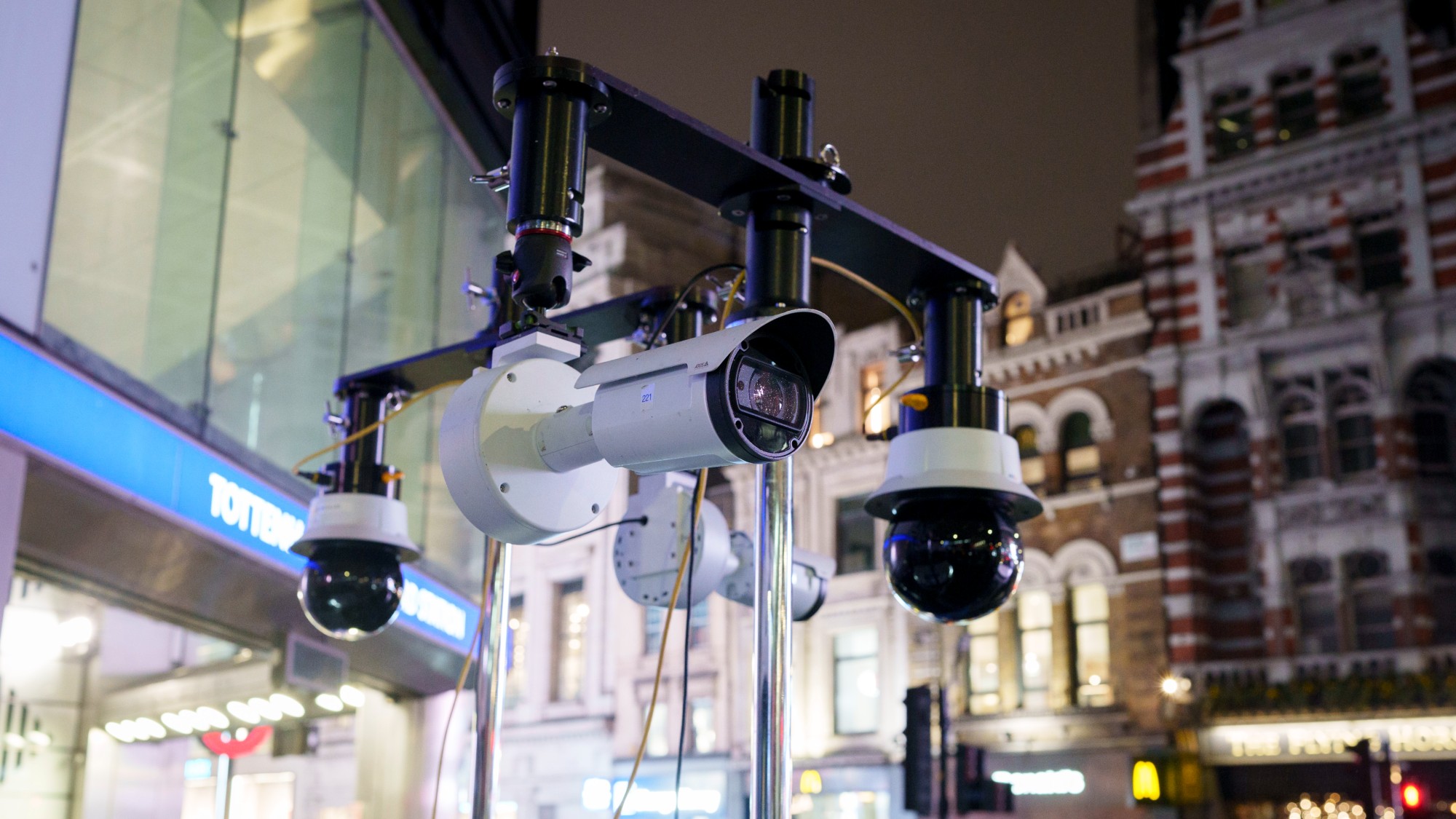Scientists discover black hole nearly 33 billion times bigger than the Sun
The discovery was possible thanks to a new phenomenon called gravitational lensing

Scientists from Durham University have discovered one of the largest black holes ever detected in the universe, and it’s 32.7 billion times bigger than the Sun.
Black holes are “rare and elusive,” even though they’re the largest objects in the universe and can measure anywhere between 10 billion and 40 billion times the mass of the Sun, reported The Herald.
This “gargantuan black hole”, at the centre of galaxy Abell 1021, is one of the biggest ever found, and with the use of the gravitational lensing, Durham scientists, led by Dr James Nightingale, were able to discover just how big the black hole actually is.
The Week
Escape your echo chamber. Get the facts behind the news, plus analysis from multiple perspectives.

Sign up for The Week's Free Newsletters
From our morning news briefing to a weekly Good News Newsletter, get the best of The Week delivered directly to your inbox.
From our morning news briefing to a weekly Good News Newsletter, get the best of The Week delivered directly to your inbox.
Gravitational lensing is a “dramatic and observable example of Einstein’s theory [of relativity]”, according to ESA Hubble, that causes light produced from a celestial body to bend around a black hole or a galaxy. The larger the mass of the object, the more the light will bend around it.
The scientists “conducted hundreds of thousands of of simulations of light moving through the Universe, altering the mass of the black hole at the galaxy’s centre, looking for results that replicate the lensing we observe with Abell 1021”, said ScienceAlert.
The size they discovered put this “cosmic colossus” as the website described it, in the top 10 largest black holes ever discovered.
Most black holes that we know about today can be seen because they pull in matter, and release “energy in the form of light, X-rays and other radiation”, said the Royal Astronomical Society (RAS).
A free daily email with the biggest news stories of the day – and the best features from TheWeek.com
However, without the visuals of warped light, inactive black holes were unable to be seen, until now.
Gravitational lensing allows scientists to measure black holes without activity, which can help “us detect many more”, added the RAS, as well as revealing “how these exotic objects evolved further back in cosmic time”.
-
 Political cartoons for December 14
Political cartoons for December 14Cartoons Sunday's political cartoons include a new White House flag, Venezuela negotiations, and more
-
 Heavenly spectacle in the wilds of Canada
Heavenly spectacle in the wilds of CanadaThe Week Recommends ‘Mind-bending’ outpost for spotting animals – and the northern lights
-
 Facial recognition: a revolution in policing
Facial recognition: a revolution in policingTalking Point All 43 police forces in England and Wales are set to be granted access, with those against calling for increasing safeguards on the technology
-
 Blue Origin launches Mars probes in NASA debut
Blue Origin launches Mars probes in NASA debutSpeed Read The New Glenn rocket is carrying small twin spacecraft toward Mars as part of NASA’s Escapade mission
-
 ‘The Big Crunch’: why science is divided over the future of the universe
‘The Big Crunch’: why science is divided over the future of the universeThe Explainer New study upends the prevailing theory about dark matter and says it is weakening
-
 The moon is rusting
The moon is rustingUnder the radar The Earth is likely to blame
-
 Panspermia: the theory that life was sent to Earth by aliens
Panspermia: the theory that life was sent to Earth by aliensUnder The Radar New findings have resurfaced an old, controversial idea
-
 Africa could become the next frontier for space programs
Africa could become the next frontier for space programsThe Explainer China and the US are both working on space applications for Africa
-
 Hurricanes are not exclusive to Earth. They can happen in space.
Hurricanes are not exclusive to Earth. They can happen in space.Under the radar These storms may cause navigational problems
-
 Answers to how life on Earth began could be stuck on Mars
Answers to how life on Earth began could be stuck on MarsUnder the Radar Donald Trump plans to scrap Nasa's Mars Sample Return mission – stranding test tubes on the Red Planet and ceding potentially valuable information to China
-
 The treasure trove of platinum on the moon
The treasure trove of platinum on the moonUnder the radar This kind of bounty could lead to commercial exploitation